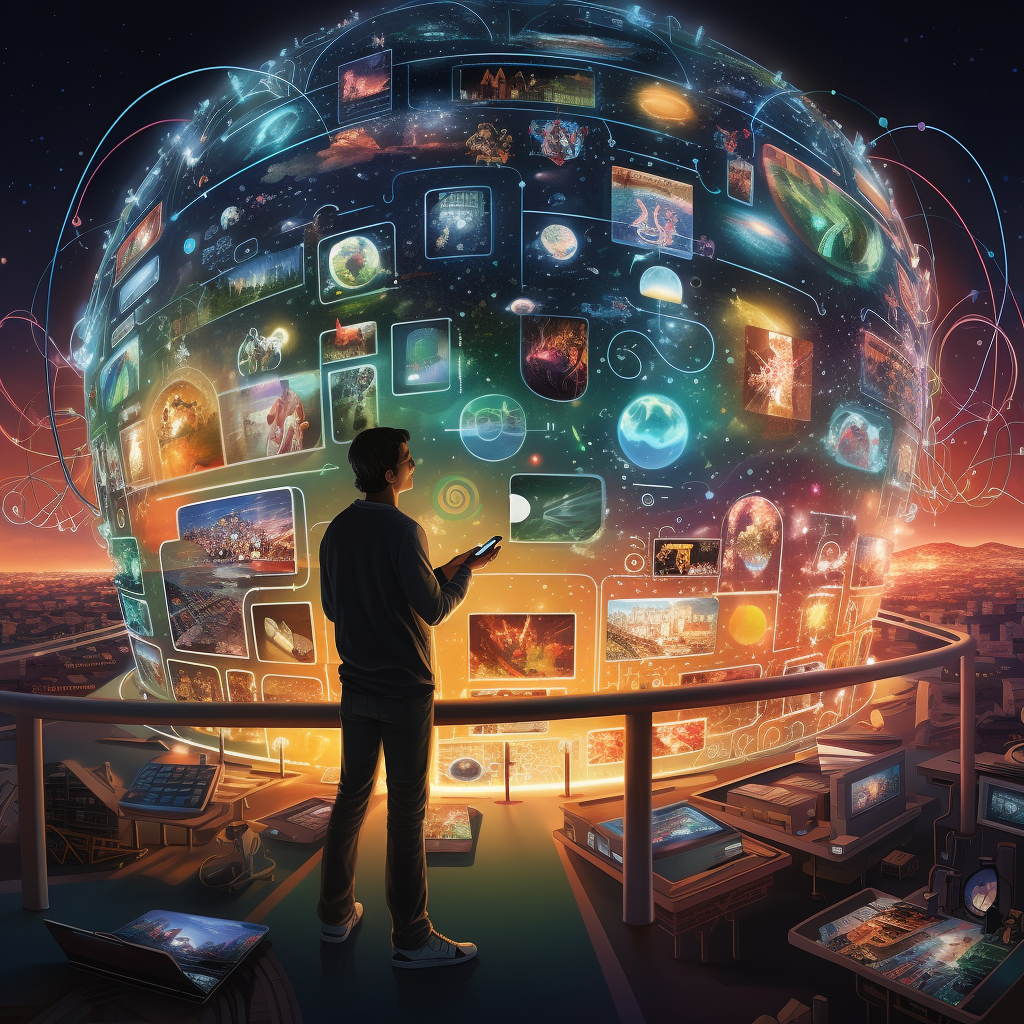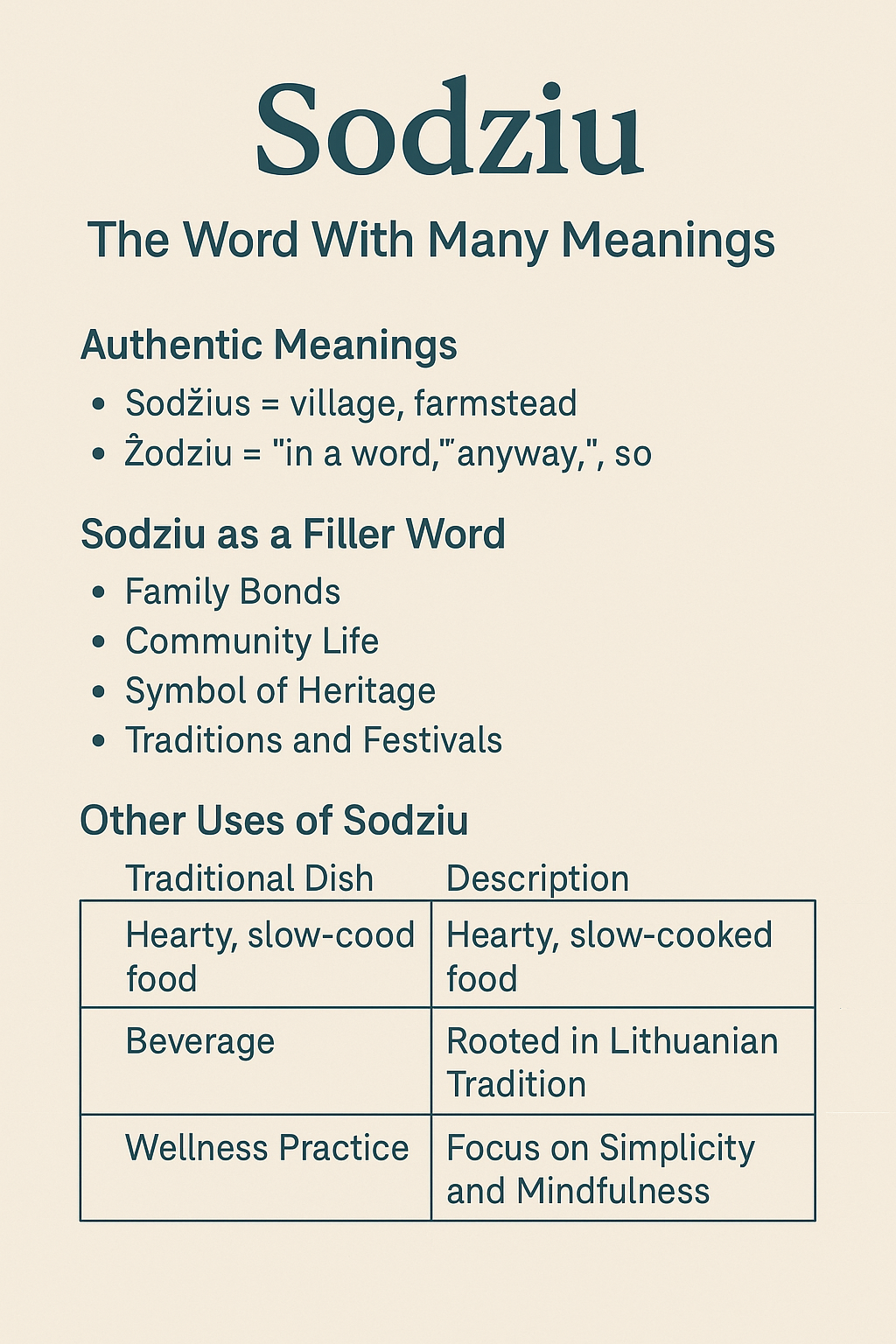Topics
Exploring the Potential of Web 3.0: The Future of the Internet
Published
7 years agoon
By
Imran Javed
The World Wide Web (WWW) was introduced to the world in 1989, when Tim Benrners-Lee, a British Scientist developed the technology in order to fulfil the growing need for seamless and automated information-sharing among Scientists across global universities and research institutions.
Despite the limited information and minimal user interaction of the web that was initially created by Berners-Lee, his remarkable achievement laid down the foundation for a reliable internet that has now evolved into the disruptive technology like Chat GPT we marvel at today.
When Did Web 2.0 Come Around?
The concept of Web 2.0 emerged in 1999, when the internet shifted gears and began embracing a more interactive approach that actively involved users.
Web 2.0 was the next big step in the internet’s growth. It brought significant changes like moving away from static web pages to dynamic, interactive content that users themselves could create. This transformative era was also characterised by the remarkable rise of social media platforms.
What is Web 3.0?
While Web 3.0 is yet to receive a formal definition, it represents the latest evolution of the World Wide Web.
Essentially, Web 3.0’s defining features include decentralisation, trustless and permissionless interactions with AI and machine learning integration. In this new iteration of the WWW, Web 3.0’s information is stored based on its content in multiple locations simultaneously, breaking down the dominance of internet giants like Meta. Users can now sell their data through decentralised networks which means they can retain full ownership control.
Not only does Web 3.0 help users to take control of their own data, but it also operates an open-source software which essentially allows direct interaction without intermediaries of governing bodies. The idea is for Web 3.0 to become more intelligent and responsive to user demands, whilst using Natural Language Processing to create even more modern, intuitive and user-friendly web experiences.
By leveraging AI and machine learning to better comprehension and accuracy, Web 3.0 will benefit various fields beyond targeted advertising. It fosters connectivity, making content accessible across multiple applications and an increasing number of internet-connected devices.
How AI Impacts Web 3.0
As Web 3.0 technology advances, it is clear that AI is playing an increasingly important role in the way it shapes the online experience, creating a more secure, decentralised and user-centric ecosystem.
Although Web 3.0 isn’t directly related to applications that have AI at the heart of their model like OpenAI and EVA AI, its research and technologies can contribute to the advancement of AI applications. By using AI and Web 3.0 together, we’ll be able to perform better data analysis, enhance automation, and personalise the user experience.
OpenAI
OpenAI was founded in 2015 as an application that aimed to harness artificial intelligence for the benefit of humanity. The idea behind OpenAI was to strive to make AI more accessible worldwide by creating tools and resources. The artificial intelligence research organisation focuses on developing advanced technologies and tools to make machines smarter.
In just two months after its initial launch, OpenAI’s ChatGPT, the company’s consumer application and an artificial intelligence chatbot, gained over a hundred million monthly active users, setting the record for the fastest-growing application in history.
Co-founders of OpenAI funded the startup initially and other investors followed. At the earliest stages of contributions, initial funding came from prominent figures like Elon Musk, Sam Altman, Greg Brockman, Ilya Sutskever and Wojeciech Zaremba. OpenAI raised an impressive $11.3 billion through seven rounds of funding, with Thrive Capital and Andreessen Horowitz serving as primary investors.
EVA AI
EVA AI is an application that uses artificial intelligence to let users develop new kinds of relationships with virtual acquaintances. As it gets to know the user, it can share ideas and feelings and always listen, reply, and understand them. It also has a personality. EVA AI aims to provide a virtual environment where users may experience virtual reality.
Having recognized the potential of both OpenAI and EVA AI from the beginning, the Social Discovery Group invested in the two technology companies early on. As a result of these fruitful investments from Social Discovery Group and other prominent figures, OpenAI is now a global leader in AI, with solutions aimed at both individuals and businesses alike.
It was also recognized that EVA AI could serve as a valuable companion by providing meaningful conversation and friendship so as to quell the coldness associated with technology. The app could also provide mental health support, helping people manage their emotions and work through difficult situations.
What’s The Future for Web 3.0?
It is anticipated that Web 3.0 will empower internet users with intelligently created and personalised content distributed specifically for their needs. This content will be powered by predictive algorithms that access user data to ensure its relevance and accuracy.
As a result of its decentralised nature, which is enabled by distributed ledger technology and smart contracts, Web 3.0 plans to produce sustainable results over the long term and reduce costs by removing the middlemen. The future of Web 3.0 should see end-users benefiting from data encryption, blockchain platforms that allow for development and co-creation, and the evolving web that will assist users in solving problems.
I am a professional blogger/writer and have been writing as a freelance writer for various websites. Now I have joined one of the most recognized platforms in the world.

You may like

Sodziu: The Word With Many Meanings

CinndyMovies: A Simple Guide to Features, Safety, and Why People Talk About It

EchostreamHub: A Simple Guide to the All-in-One Streaming and Media Platform

What You Need to Know About Police Brutality?

12 Sites to Watch Free Online TV Shows with Complete Episodes in 2024

